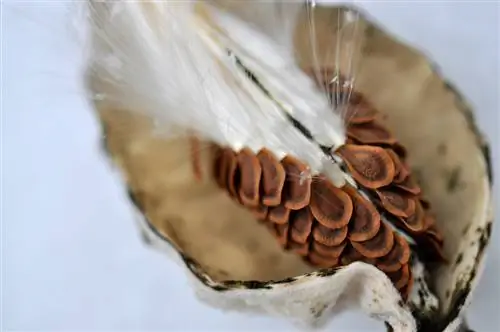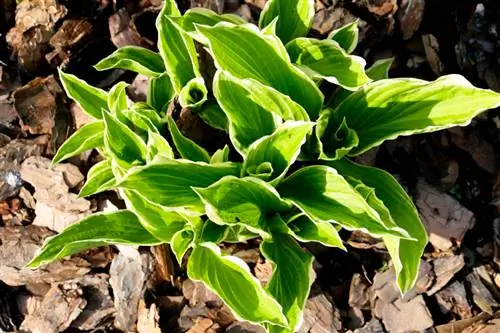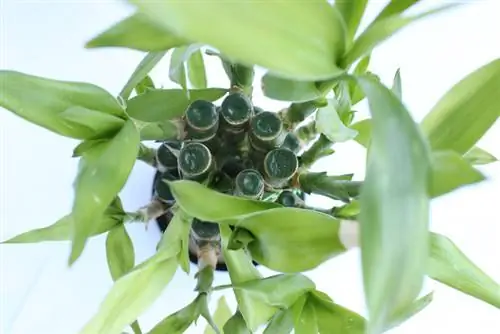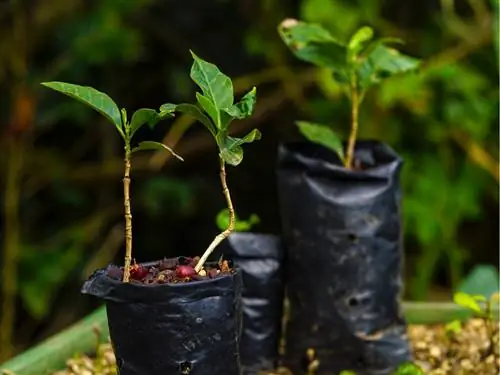- Author admin [email protected].
- Public 2023-12-16 16:46.
- Last modified 2025-06-01 06:02.
Whether you fall in love with its red-orange flowers or its bizarre fruits - the parrot plant, which is considered poisonous, will soon gain popularity. If you would like to have several copies of her, you don't necessarily have to go shopping
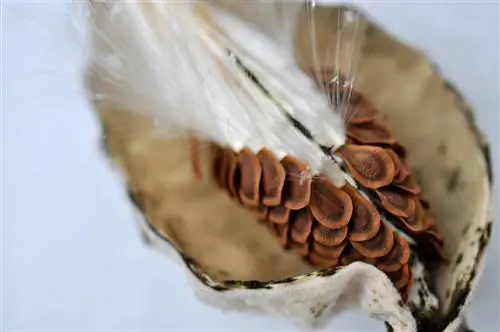
How to propagate the parrot plant?
The parrot plant can be propagated by cutting propagation, sowing, root division or natural propagation. Cuttings can be taken from semi-woody shoots and placed in potting soil or water, while when sowing the seeds are sown directly into substrate and placed in a bright place.
Take cuttings for propagation
Probably the simplest propagation method for the parrot plant is propagation from cuttings. You can get the cuttings during pruning. The shoots for this should ideally be semi-lignified and 10 to 15 cm long. Remove the lower leaves and either place the cuttings in a pot with potting soil or place them in a glass of water.
Collecting and sowing seeds
Sowing is much more tedious. First, you need seeds. You can easily collect these from the ripe fruits in autumn. The fruits burst open in autumn. The seeds hang on silk-like threads. If they are not collected, they will be spread by the wind, overwinter and then germinate in the spring around March.
How to start sowing directly:
- Stratify seeds for 1 week in the refrigerator (cold stimulus)
- Fill pots or seed trays with sowing soil
- Sowing seeds flat (light germinator)
- Keep substrate moist - use spray bottle (€7.00 on Amazon)
- place in a bright place
- ideal germination temperature: 15 to 20 °C
- Average germination time: 2 to 3 weeks
- separate from 2 cm in size
- overwintering
Divide the plant
A third method is to divide this plant using its roots. To do this, you should dig up the rootstock and divide it in the middle with a spade. Alternatively, you can also separate rhizome pieces. Plant the obtained parts in a semi-shady to sunny location or in a deep pot.
It also reproduces on its own
But you don't necessarily have to take the propagation of the parrot plant into your own hands. This plant also reproduces on its own if no root barrier has been applied. It spreads with its underground rhizome and produces many new plants on the surface.
Tip
In the first year you should protect the young plants from frost. It is best to overwinter them at home in a cool and shady place.

